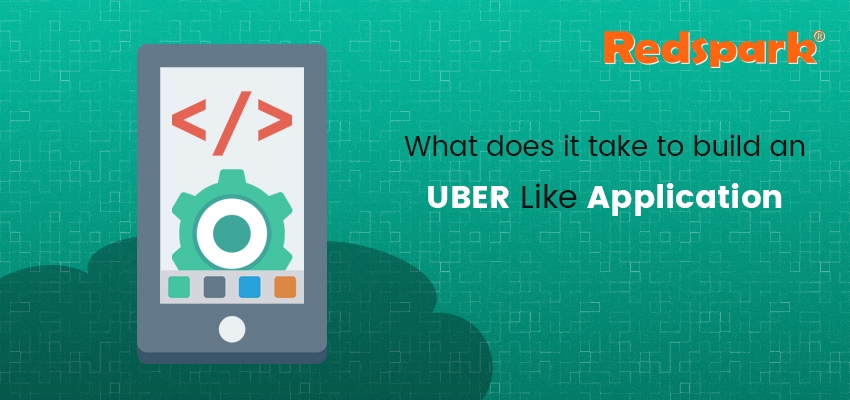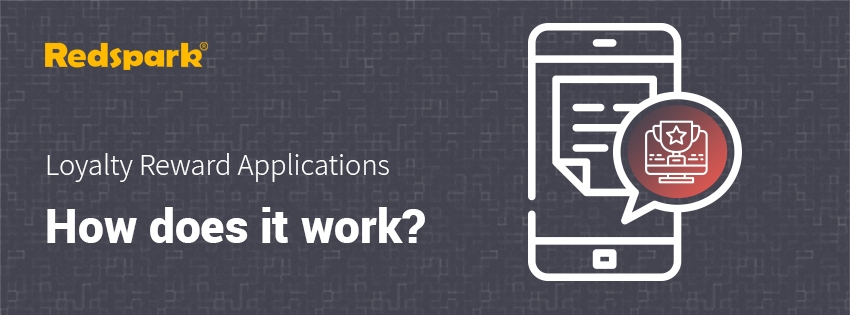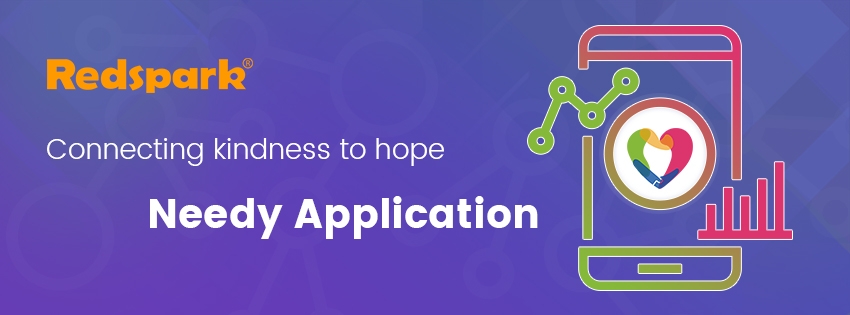Because the Uber has become now the most profitable business, many startups are struggling to know how to build the Uber-like application? Indeed the Uber for X is trending, yet tech startups and the communities are curious to know on which platform and with what technological features does the Uber has developed the application for both- drivers and the riders?
To be the next Uber, there are many built-in features you have to ensure for the better access of the service to the customers. You can get into the App store as well as Google Play Store, but first, you have to learn and understand the technology on what the Uber is built and how did the Uber grow so huge by serving both ends of the application- the drivers as well as customers.
UBER LAUNCH & MARKETING STRATEGIES
Uber application is all about providing the better and qualitative services to the consumers. In 2010, the Uber was launched officially and after the six months of the launch, the application had 6000 users and did already 20,000 rides. To boost the launch of the business, Uber ensured that they have attracted enough riders and the drivers, equally.
The best platform they found was tech communities of the San Francisco. The tech communities of the city are always in the hunt for the new tools in regard to the technology. It was the huge opportunity for the Uber founders to launch the cab services in the San Francisco because it was an ideal way to engage with the commuters.

The tech community needs something through which they can improve the quality of their lives as well as beneficial to others. Uber made its way to the brilliant go-to-market strategy. First, it did word of mouth marketing about their business among the members of the tech community of the San Francisco. To do such, Uber had sponsored and hosted the tech events and ensured that the participants of these events are provided with the free rides.
The small group of the people in the San Francisco who had the experience of the Uber cab services as the rider started blogging and spreading the word about the Uber application on the social media. Using the experienced rider reviews as the stepping stone towards success, Uber offered the 50% discount on the first ride to the new customer. It became a huge attraction and thus the initial discount ensured the new rider to become the long-lasting customer of the Uber.
What can be learned here? Uber did some great study and the research before implementing those go-to-market strategies. By any means, if you are thinking to approach the tech community of the San Francisco with the same Uber-like application, the chances are your application will be no more useful. To the tech community, you have to get something different than what is already prevailing in the market to serve the better.
WORKING ELEMENTS OF THE UBER APPLICATION
There are many underlying technological patterns of the Uber application but before we go into that deep to explain, the simple functionalities are known to everyone, we can assume it. Uber is very simple application,
- let the Uber know you need the ride to the particular location
- Uber asks you your location
- Uber finds the nearby available driver and notifies you in what time the driver will be arriving at your location
- After the ride, the Uber asks you about the experience of the ride
- Your ratings to the ride will get reflected on the screen and the tariff is automatically charged from the credit card.
Now the question that pops in the mind is, how and which technology does Uber use for the working of the application on both ends- driver and the rider?
Geo-location
It was necessary for the founders of the Uber to learn the features of the geo-location for the android and iOS devices. Looking at what are the technology that the cab service application, it is important to figure out the mapping and the geo-location features:
-
Identify Device Location
To locate the user’s iOS device for the application, the Uber uses theCorelocation Framework. This framework helps to provide the classes and protocols for the configuration and schedule location delivery, then sending the location events to the server.
The Corelocation framework also allows the Uber app to define or set the geographical regions and also to monitor the device’s movement whenever it crosses the defined location/ boundaries.
The geolocation for the android OS, the Uber application used the Google’s location APIs. These APIs can manage the underlying location technology and at the same time meeting the development requirements when the location based features implemented.
-
Directions to the Driver
To make sure that the Uber driver reaches to the rider at the accurate destination, Uber app developer has used MapKit for the iOS device. First the app is being registered as the routing application so that the directions are available on the Maps application as well as other mapping software on the user’s device. For the android device, Uber application uses the Google Maps Android API for the android routing and directions.
-
Integration with the Mapping software
Just with the help of maps and the location based software the Uber is not built and ready to function. Uber does not function only on Google maps but also there are mapping technology companies behind it. These mapping technology solves the problem of the logistics and its related issues.
Apart from the Geolocation technology, there are other functionalities of the Uber application which has led its users to grow rapidly.
Push Notification & Messages
After the ride is booked, the notification from the Uber application is sent to the rider- push notified as well as SMS. There are series of the notifications sent though – one when the driver accepts the rider’s request and the next notification is sent when driver is few meters away from the rider’s destination. If the ride is canceled from the driver side, the rider is also well notified about it.
Almost for everything, now the increased prices/tariffs are too sent to the customers- via SMS as well as push notification on the iOS & Android device. For the Uber application, the SMS service is powered by Twilio telecommunications. The push notification for the iOS device, the Uber uses Apple Push Notification service. For the Android OS platform, Uber has implemented the Google Cloud Messaging.
For the iOS devices, there are no ways that the user will receive all the push notifications if the device was switched off or unavailable. The messages are queued in the way that it is not necessary it will be received by the customer all the time or when the iOS device is able to receive them.
According to the developer point, the APNS in the iOS device is unidirectional. This means there is no way to track the push notification has been sent to the user and have the user received. If the user have received you cannot track when the notification was received by the device user.
For the Android OS, the google cloud messaging can monitor the push notifications and also the delivery time as well as when the user had received. The SMS provider will give you the information about the messages delivered to the user and if it is not, you will be informed that the message you had sent to the user has failed.
Payment Mode
The Uber application has made it easy for the customer to pay the charges/Tariffs for the ride. It uses the cashless system which means the customer can make the payment using the debit/credit card or even the promo code.
For the card payment acceptance, the Uber meets the requirement which the company has to do it in order for the successful and easy payment gateways. In the USA, it is known as the PCI requirements, ensuring that all the business finance are processed, stored as well as transfer of the credit card information are done in the secured way. All such activities can be carried out when the business owner has the merchant ID (MID)
The Uber has partnered with the leading mobile payment source- BrainTree. It accepts the card payments from the rider to the Uber application. The Uber also makes use of the PayPal’s Card.io service to scan the credit card for the iOS device.
Card .io service allows the user to save the credit card information to the Uber application by holding the card in front of the device camera. The card .io service application will read the card, enter the card numbers and the information to the Uber application.
For the android OS, the users have to enter the credit card number manually, linking the card to the Uber account on the application. The PayPal integration with the Uber allows the customer to pay the charges of the ride directly from the PayPal account and also can split the tariff with the friends. This integration is not available, although globally.
SO HOW MUCH DOES UBER MAKE THE MONEY?
After reading the entire process of the Uber business module, next question into your mind will be how much worth does Uber earn? We are discussing the Uber like application which means you should know how much the cab service business earns.
Uber charges 25% of the commission per ride. Yet the overall profit that Uber keeps with themselves on average is $0.19 per ride. The other part of the commission is spent on the taxes, interests, and the equity based compensation for the Uber employees.
Rest of the money earned as the profit by the Uber is spent on antifraud efforts, credit card processes, customer care, marketing and the software development. It seems like Uber has earned $66 billions but the profits are not as huge as it is.
WHAT IS THE COST OF BUILDING THE UBER LIKE APPLICATION?
If you have already made up the mind to build and develop the Uber like application for your business, it is important to know that you will be developing two application- for rider & for driver. For the following services, it is abide to pay:
- iOS & Android Native App Development
- App Design
- Web & Backend Development
- Project Management
- Quality Assurance (QA)
Nearly it takes 5000 hours i.e more than 60 days to develop and build the Uber like application for your business.



